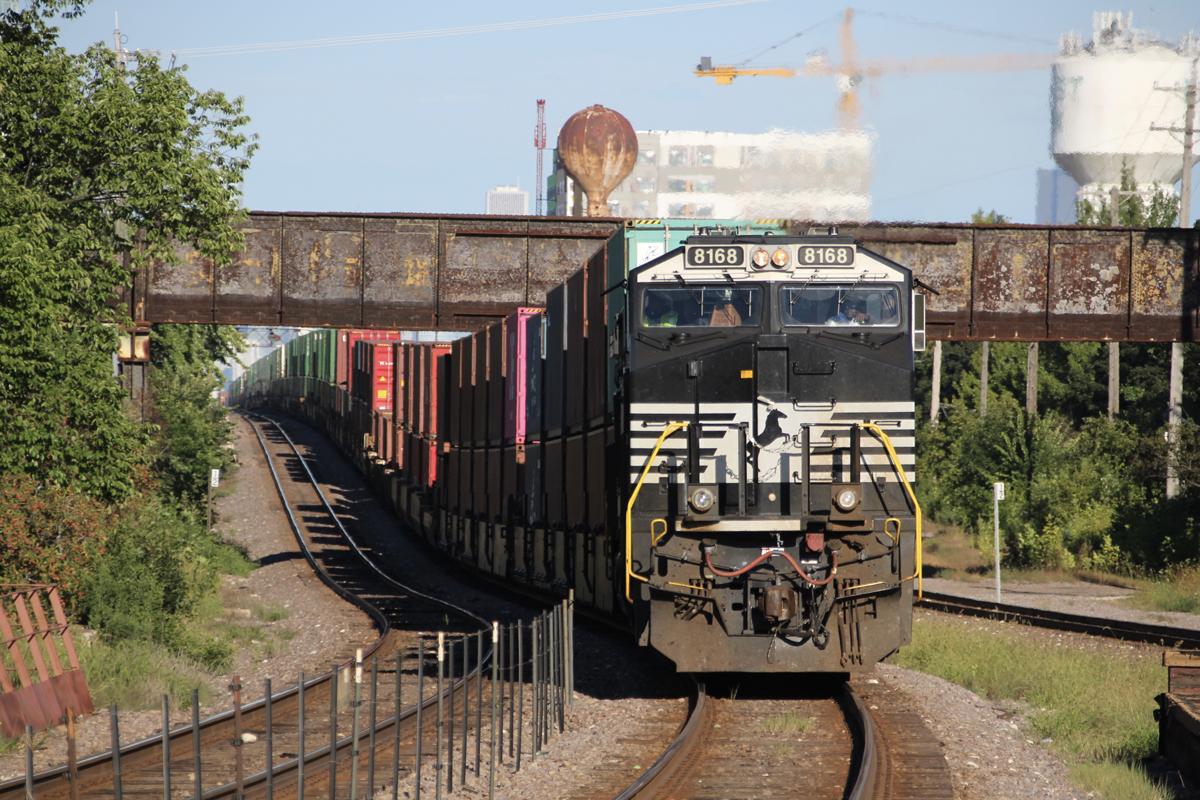
With only six Class I freight railroads remaining and stringent merger rules set by the Surface Transportation Board’s 2001 framework, the consensus largely held that the window for large-scale transactions was closed. Any potential merger, under these rules, must not only demonstrably enhance competition but also clearly articulate public benefits — typically improved service or gains for shippers. This high bar has historically kept serious engagement with the concept of consolidation at bay, but this is beginning to change.
A recent surge of interest from a diverse array of investors, ranging from long-only funds to event-driven specialists, has prompted a fresh examination of the U.S. rail sector, London-based analyst MKP Advisors said in a research note. This signals a potential shift in how market participants perceive the viability of rail mergers. Current analysis is focused on identifying combinations that could take place within the prevailing political and regulatory environment. While logic for consolidation may exist, the thinking goes, its realization hinges on navigating a complex web of governmental oversight and stakeholder interests.
“There’s been speculation about eastern and western Class I railroads merging for years,” said Mike Baudendistel, head of intermodal solutions at FreightWaves and former vice president of equity research at Stifel Financial Corp. “My sense is that the CP-KCS deal was the last Class I merger. I understand that some might look at the STB and say that it’s more likely with [Patrick] Fuchs as chairman than it would have been under [previous chairman] Martin Oberman, but a potential merger would still have to meet very high standards including demonstrating that it would increase competition between the railroads.”
Structurally, MKP said, the rail industry remains one of the most consolidated and profitable segments within the broader transport sector. The six Class I carriers – Norfolk Southern, CSX, Canadian National, Canadian Pacific Kansas City, Union Pacific, and BNSF Railway —effectively control the long-haul network as regional operating duopolies.
The advisor noted these carriers consistently achieve strong margins, typically in the mid-30% to low 40% range for pre-tax earnings, a testament to their entrenched market position. Despite this profitability and strong competitive standing, the industry has grappled with flat volumes over the past decade. More critically, service performance has become an increasingly significant liability. Frustration among customers, particularly shippers, continues to mount over poor on-time performance and limited ability to track freight movements, areas where trucking holds an edge.
This growing dissatisfaction has shifted investor pressure from pursuing incremental margin improvements to demanding more fundamental, structural change. MKP framed large-scale merger and acquisition as the ultimate expression of that demand.
The natural extension of this line of thinking is that only a select few pairings plausibly meet the approval threshold. Its analysis points to two east-west combinations as possessing a viable path forward: CSX-UP, and NS-BNSF. A lower-probability NS-UP pairing scenario also remains a possibility. Every other conceivable combination, it is argued, encounters insurmountable challenges, ranging from significant operational overlap to substantial political resistance or regulatory dead ends.
The advisor points out the broader policy environment is also undergoing a notable evolution, adding more complexity and opportunity. The post-pandemic emphasis on supply chain resilience, coupled with renewed federal attention to domestic manufacturing and infrastructure development, has created a more receptive atmosphere for consolidation. Union Pacific Chief Executive Jim Vena, for instance, recently voiced support for potential east-west combinations [see “Some Class I railroads take a fresh look …,” Trains News Wire, May 12, 2025]. Other executives weren’t as optimistic [see “Railroad executives question …,” News Wire, May 21, 2025].
A second Trump administration is expected to lean into “America First” narratives, said the advisor, particularly where a transaction can be framed as directly supporting industrial growth and job creation. Moreover, inefficiencies within the rail system, such as freight handoffs at chokepoints like Chicago or St. Louis that, could be reframed as fixable bottlenecks rather than unavoidable friction. A truly end-to-end network, with unified dispatch, scheduling, and service, MKP claims, would unlock substantial operating synergies and could potentially meet the STB’s public-interest threshold, especially if shippers experience tangible and consistent reliability gains.
MKP pointed out how historical precedent and rigorous network analysis suggest large-scale rail consolidation could realistically unfold under current conditions. It examines why certain combinations may be more feasible than previously assumed, and outlines how a transaction would need to be meticulously structured and positioned to garner the necessary support.
This perspective is based in part on insights gleaned from several months of engagement in Washington. MKP said this involved meetings with federal tregulators, policymakers shaping freight and infrastructure policy, congressional staff, industry executives, and journalists with decades of experience covering the rail sector. These conversations have provided a deeper understanding of how the STB is likely to evaluate a potential deal, which narratives are most likely to resonate politically, and where the primary focus lies for shippers and other key stakeholders.
[FreightWaves did not take part in discussions with MKP.]
The advisor said that while the number of executable rail mergers remains extremely limited, it may no longer be zero. BNSF and Union Pacific maintain dominant positions in the west, while CSX and Norfolk Southern control the east. Canadian Pacific Kansas City and Canadian National Railway, meanwhile, remain cross-border players with more constrained domestic latitude. Only a small, select set of combinations offers the strategic complementarity, operational benefit, and political palatability required to secure regulatory approval.
MKP said the paramount challenge for investors will not be merely identifying potential combinations with the greatest synergies; rather, it will be determining which combinations can realistically navigate the intricate political landscape in Washington.
No recent deal better illustrates the complex realities of rail M&A than the prolonged takeover saga involving Kansas City Southern. This case is the clearest modern blueprint for what it truly takes to complete a transaction and why regulatory strategy often significantly outweighs considerations of price. Future rail mergers, MKP said, must be strategically framed by seamlessly combining a compelling strategic logic with unimpeachable regulatory credibility, and critically, by learning from the STB’s decisive rejection of CN’s proposed trust framework for acquiring KCS that derailed the deal.
Similarly, CP’s earlier bid for NS in 2015 offers a stark illustration of what can go awry when regulatory and shareholder dynamics collide. NS rejected multiple public offers with generous terms, citing valuation and regulatory uncertainty. CP’s use of a proposed voting trust, aimed at sidestepping delays, met resistance from NS, the STB, and ethe Department of Justice. A proxy push followed, but pressure from regulators and lawmakers eventually forced CP to abandon the effort.
Two viable pathways for approval
MKP said its research revealed two primary pathways for approval of large-scale rail mergers.
Gaining executive branch support through policy alignment: Proponents must align the transaction with the current administration’s policy and economic priorities. This involves demonstrating how combining eastern and western networks would reduce inefficiencies, increase freight capacity, enhance reliability, and stimulate investment in domestic infrastructure. Positioning a merger as a driver of national industrial competitiveness and supply chain modernization, the advisor said, could garner support from the White House.
Securing STB approval via flexible interpretation of merger guidelines: The regulatory agency would need to apply a contemporary interpretation of its 2001 merger guidelines. These rules, designed for a different industry landscape, have never been tested in their current form. The standard requiring “pro-competitive” outcomes is flexible and could be interpreted to reflect the present-day industry structure and performance. Current STB under Chairman Patrick Fuchs, said MKP, is positioned to apply these guidelines pragmatically, rather than as rigid constraints.
While shipper opposition is anticipated, and concerns about consolidation will persist among various political constituencies including coal, utilities, labor, agriculture, oil, and chemicals, the competitive landscape in most regions would largely remain unchanged. Operating improvements could preserve sufficient competition in core corridors, MKP said.
Labor constituencies have limited concerns about mergers, the advisor claimed, either due to expectations of long-term network/volume expansion or because STB merger rules mandate six years of employment protection. Resistance is more likely from redundancies in administrative and headquarters functions, which is unlikely to concern the White House.
To address competitive concerns, the STB may consider remedies like reciprocal switching or limited open-access obligations. These approaches, though historically resisted, have precedent, such as CP’s proposal of open access in its attempt to acquire NS. Regulatory models internationally, like Canada’s Maximum Revenue Entitlement (MRE) for grain shipments, demonstrate that targeted pricing constraints can coexist with private ownership and operational autonomy, reinforcing that competitive safeguards can be implemented without undermining the rationale for consolidation.
— A version of this article previously appeared at FreightWaves.com.






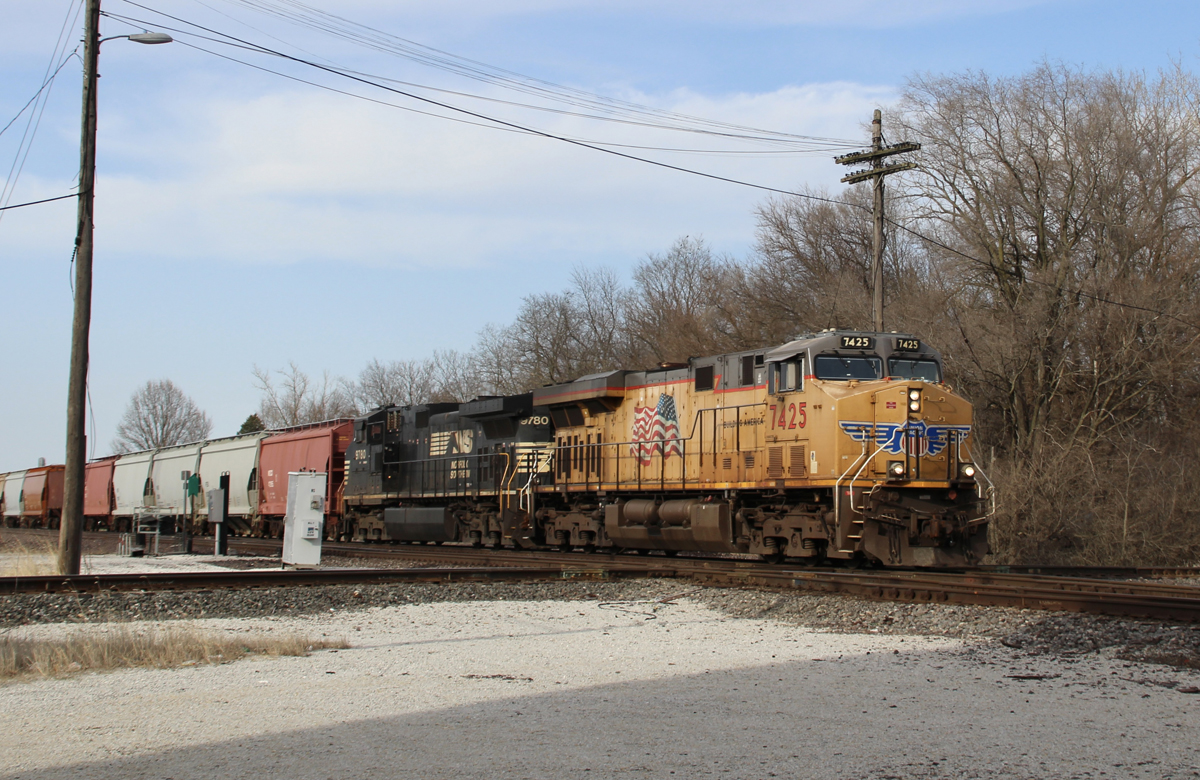
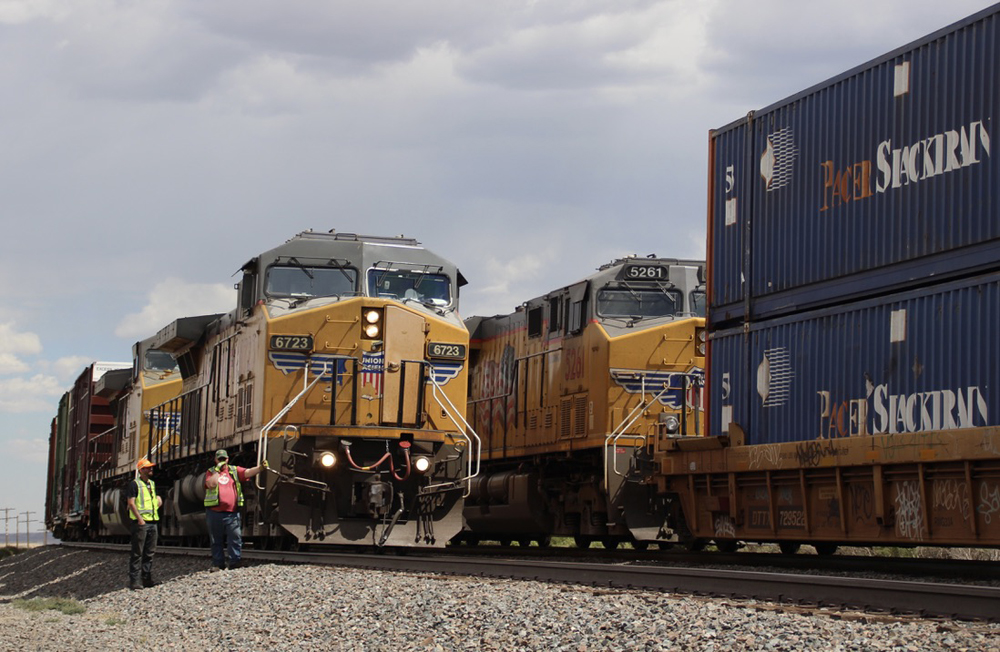
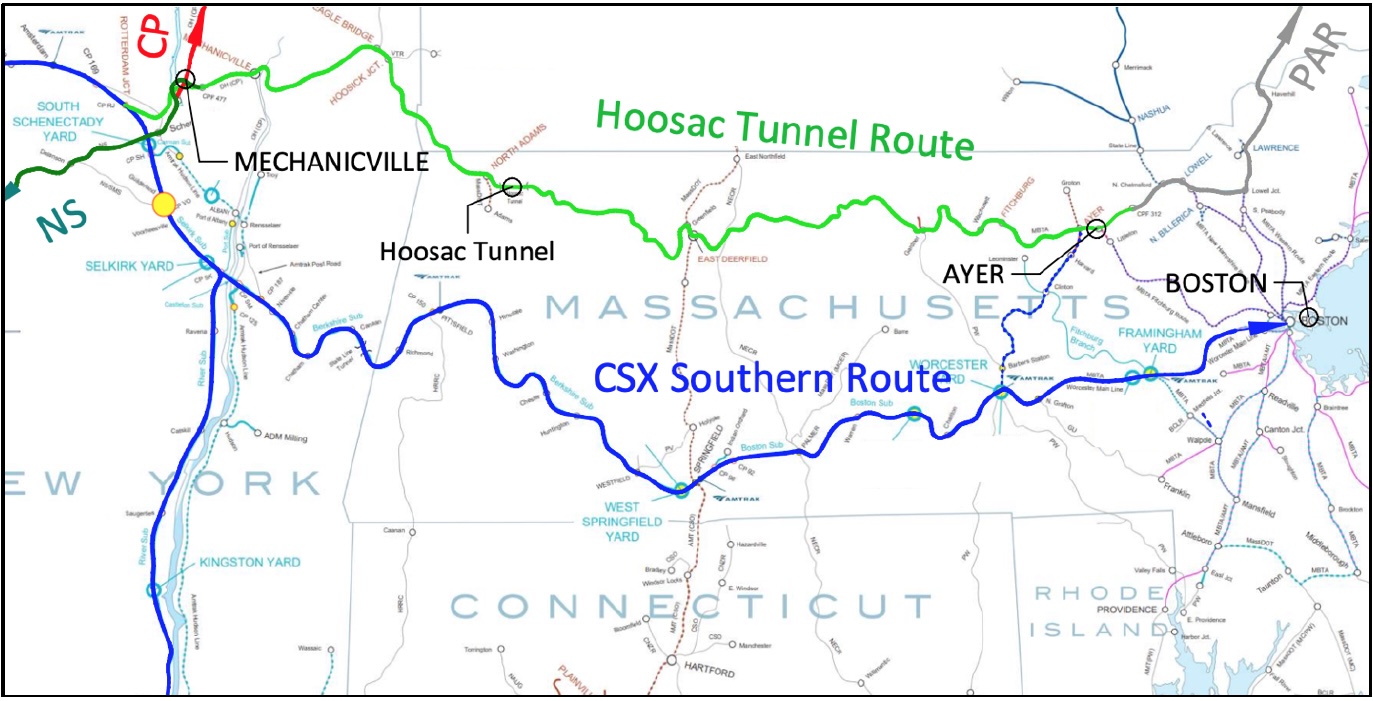
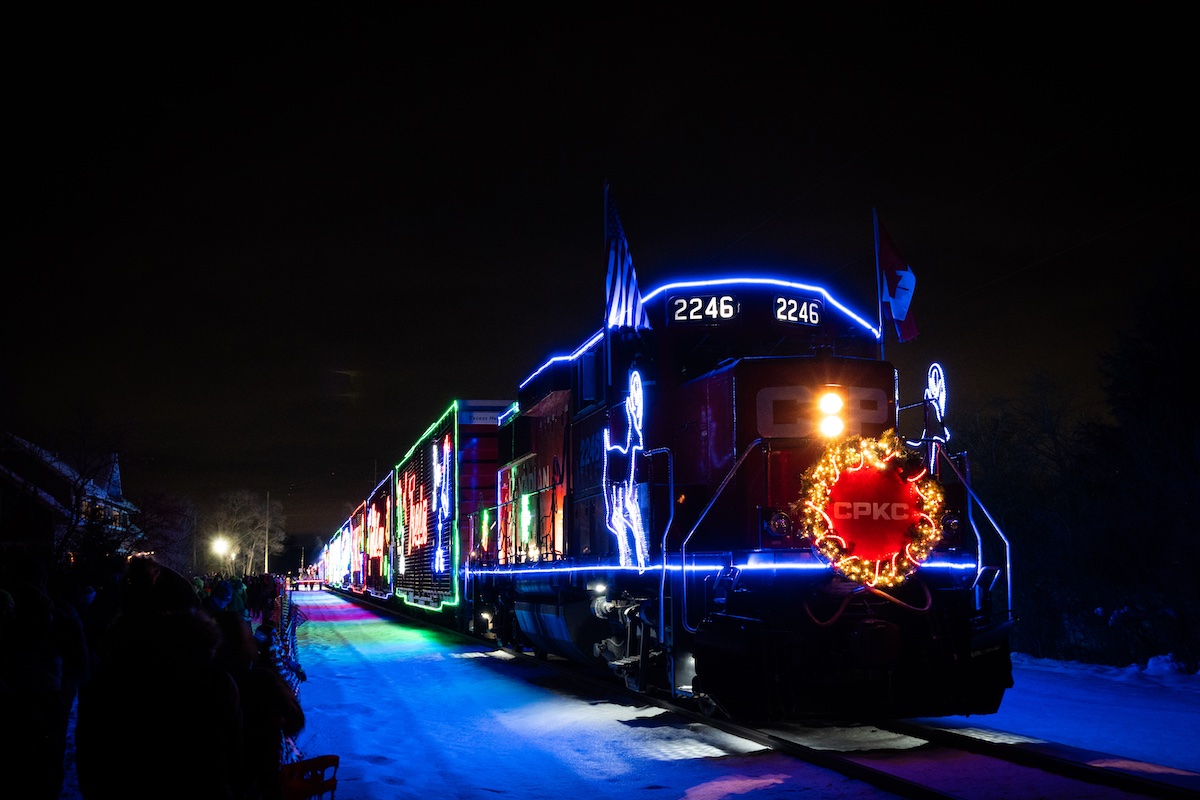

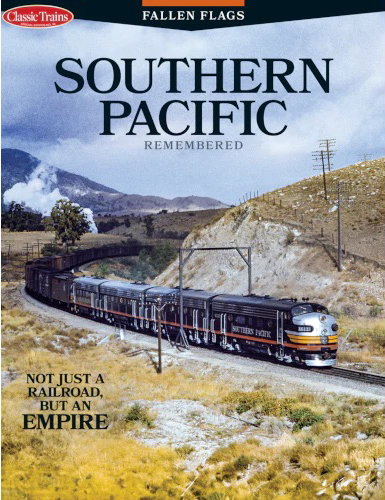
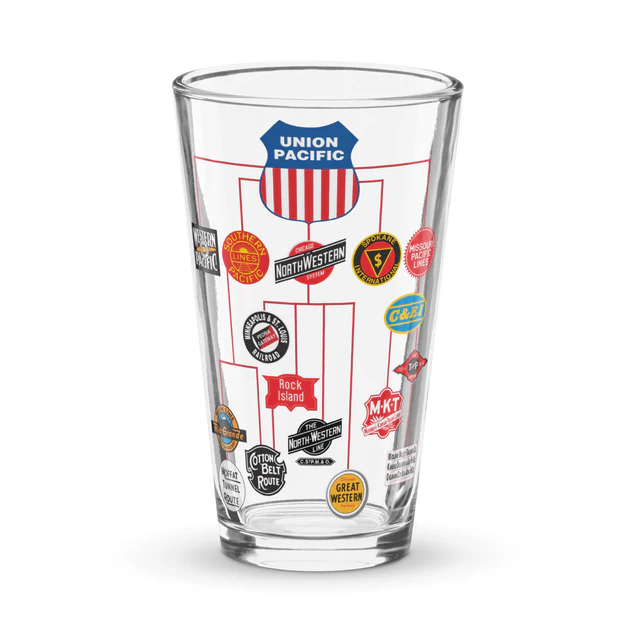
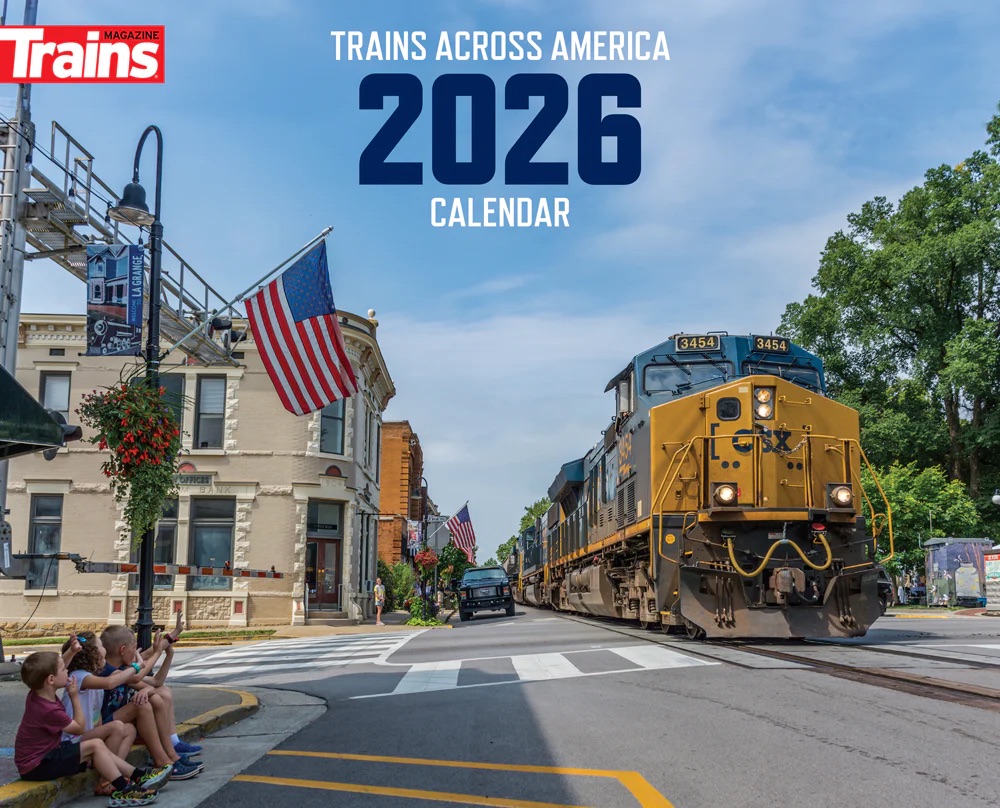
Railroad mergers should be held to a higher standard because the long-term impacts to customers/employees/communities is more significant and long-lasting if the promised benefits do not materialize.
Large mergers like Warner Bros-Discovery are certainly impactful, especially to employees. However, that particular merger, and its failure, do not impact us.
The final round, even with promises of open access/reciprocal switch, are predicated on companies with spotty records of growth suddenly competing for business. How many larger organizations suddenly go from slow and established to fast and aggressive?
Yeah Warner Bros/Discovery was so impactful they impacted each other to death and are now split up…
If they want to increase the profits of the Railroads, mergers will not do it. Instead force Trucking and Airlines to pay their fair share of transportation taxes which they both get a pass on. Oh yes, the Trucking industry pays taxes but do very little toward the up-keep of the roads they traverse. and the Airlines will claim they pay lots of fees to use airports when they should be paying a big chunk of the Air Traffic Control System that only benefits them.
Meanwhile railroads must fund and maintain any of the improvements that they need, let alone what they already run. And if that means increased costs to shippers to keep the systems fluid, the shipper scream bloody murder… Its a delicate balance, made worse by investment groups who know nothing about running trains, and as Ancora proved, are only interested in maximizing their own profits at the expense of the railroads they try to control. Any wonder the Class Ones (Except BNSF which is privately owned) are trying to buy back their stock? When Operating Ratio becomes more important than customer service, employee efficiency and satisfaction in their jobs and keeping ahead of the constant state of change in the rail industry, then the industry is doomed to fall on its head as that becomes the goal and not satisfying the customers/shippers who pay the freight, no pun intended. While mergers may keep those playing “monopoly” with other people’s money happy, it does nothing but wreck the long term operation for the betterment of the Nations Class Ones, and those they serve.
As the paraphrased movie line went: “Mergers…we don’t need no stinking mergers…”
who cares what a UK investment group thinks. Mergers work, in some industries. I got to retire and they got a bigger customer base. Nine years later, everyone is still employed’ except me, I retired.
Only investment firms and hedge funds who look at spreadsheets and multi-screens of output from KatanaMRP think this is a good idea.
If there are going to be mergers for “structural” sake, then break up the current 4 US Class 1’s and turn them into 4 transcons and break the reliance on Chicago as a national transfer point.
No doubt I speak heresy to the traditionally minded and those who have vested interests in the current situation. But if you want to break the operational structure dating back to the 1850’s, one must break the current system and recreate it in a better way.
The US was able to break up AT&T, and then allowed them to remerge themselves to the point where only 2 majors were left. Don’t make the same mistake again.
Terrible idea to merge more at this point! For the love of Pete!
Uncle Pete? lol…
Mergers are never good in any industry. I have stated before on the Newswire, I have never in my lifetime seen a merger benefit either the employees or the customers and probably never will. The consolidation of cultures and operating systems creates too many problems and always will.
Anthony I think you overstate the case and paint with too broad a brush, to make your point. But I do agree with your point. We shouldn’t have any more Class One mergers. No one needs them and they would accomplish nothing.
I have seen several smaller mergers (non-transportation related) work out. They have occurred when the larger of the companies is growing its business, the smaller company is not but has locations in areas where the larger one wishes to move into. But mergers of 2 “healthy” businesses always seem to have major problems, some of which seem to take forever to solve.
Regarding railroad mergers, you have the Penn Central where the worst of the Pennsy and NYC got to stay in the new corporation and the best parts of both basically got cut. Possibly the most ill conceived merger in USA history.
When the RRs try to combine the US will see the worse tie up of both freight and passenger. Will make the UP – SP combination look like child’s play. Even CP could not prevent chaos on the old KCS. Remember CSX’s take over of part of Conrail
Conrail should have become a public railroad and been allowed t continue. If it ain’t broke don’t fix it. Congress took a bad situation of too many roads in too little of space that was forcing failure and, by no imagination of its own, ended up creating a single road that became profitable and good. So by proving the point that anything congress touches, they ruin, they emphasized it by undoing what was needed to correct the bad situation in the Northeast of the United States… CSX and NS are struggling along with their shares, but not performing as well as well as Conrail finally had.